As of 2016, consumers’ expectations of their food and drink have changed radically. It is no longer enough for a chicken breast or a bottle of wine to be tasty and reasonably priced, the young eco-conscious consumer demands more: organic, free range, grass fed, hand picked and fair trade. Shoppers have started to think less about affordability and variety and more about the moral and ecological implications of what they eat and drink.
[pullquote align=”right” cite=”” link=”” color=”#0396ec” class=”” size=””]If you think renewing your license at the DMV is bad, try getting a product certified as organic.[/pullquote]In the wake of Whole Foods’ wild success- a success that hinges upon the well-cultivated, eco-friendly image of the brand -supermarkets, delis, shops and vendors of all sorts have been stocking products bearing labels like “organic” and “free trade” and “GMO free.” The wine world is not immune to the changing priorities of young consumers, and the rise of organic wine is proof of that.
It’s estimated that there are currently 2,000 producers of organic wines around the globe, including a large number of France’s most renowned houses. Though that number may seem small, the amount of producers in the process of instituting organic growing practices (or waiting for their certification) is also increasing by the month. Organic wine is a trend that seems unlikely to fade anytime soon, which begs the question: what makes wine organic?
Producers of organic wines (unlike makers of biodynamic or natural wines) must go through legal institutions, inspections and meet stringent criteria to attain certification that their product is indeed “organic.” To be able to market their product as such, winemakers must prove that they are not only following strict agricultural practices in the vineyard, but are obeying the rules of organic production in the cellar as well. In order to do so, winemakers must follow two main rules.
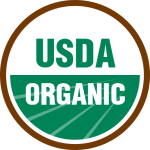
Only certification by the NOP earns you one of these.
First off, producers are forbidden from using artificial chemical fertilizers, pesticides, fungicides herbicides or any sort of “non-natural” chemicals in the vineyard. This may not seem like a big deal, but it is a huge challenge for winemakers. Vines are constantly destroyed by rot, insects, disease and other pests. Forgoing the use of chemicals that protect the grapes from these inevitable challenges is a huge risk for those who run vineyards and don’t want to see them wiped out.
Secondly, producers are forbidden from adding sulfites to their wines. Sulfites are non-organic stabilizers and preservatives (all non-organic wines contain them) that help to keep wine from going bad, and consequently give wines the ability to get better with age. Abstention from adding sulfites means that organic wines lose their aging potential and are much more susceptible to spoilage. By going organic, winemakers are drastically reducing the shelf life and stability of their wines.
Because “organic-ness” is a term and label owned by different legal institutions and committees around the world (think the USDA) there is no universal definition of the word. European laws, for example, prohibit producers from putting the phrase “organic wine” on labels. Wines made according to the criteria are instead said to be “made with organic grapes.” In the United States, winemakers can only put that green “USDA Organic” sticker on their bottle if the National Organic Program certifies their product.
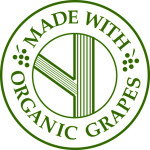
No certification doesn’t mean non-organic.
Getting certified, meeting every single criterion, passing inspections, filing paperwork and successfully navigating the bureaucracy of the National Organic Program (and others like it) is no simple task. If you think renewing your license at the DMV is bad, try getting a product certified as organic.
For this reason, there are plenty of producers who decide to forget the official certification, even though they grow their grapes without chemicals and produce their wines without sulfites. These producers won’t (and can’t) put the organic sticker on their bottles, but instead (like their European counterparts) will point out that the wine is made with organic grapes, or without chemicals and sulfites.
Thus, the lack of a USDA sticker does not always mean that the wine in question wasn’t produced in a ecologically sound way. In cases like these, read the back label (the literal one) to make sure that the production process is up to your standards, then reward yourself for giving a damn about the planet with a few glasses of wine.

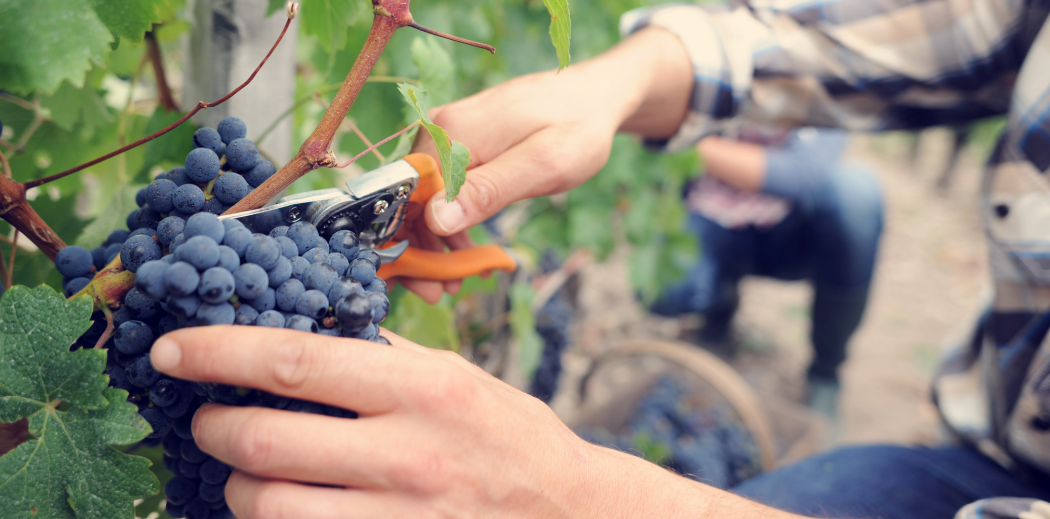
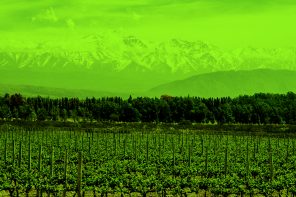
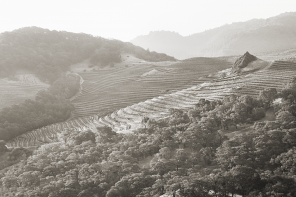
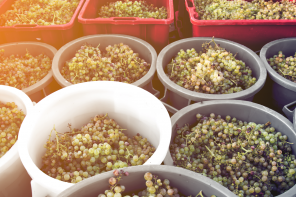
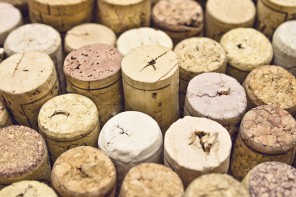
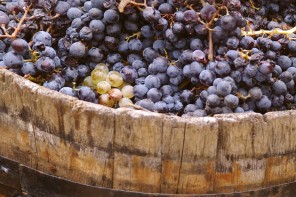

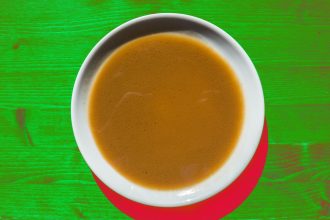
If not labeled organic/no USDA sticker, what should we look for on the back label to make sure the production process is up to our standards? Can you show an example?
Hey Susan! So what you would want to look for on the back of a wine bottle is an indication that the wine was made with organic grapes, or without chemicals and sulfites. If this is the case, winemakers will often point it out their descriptions of the wine right there on the bottle. Hope this helps!
Makes me thirsty! Thanks for all this great earthy information.